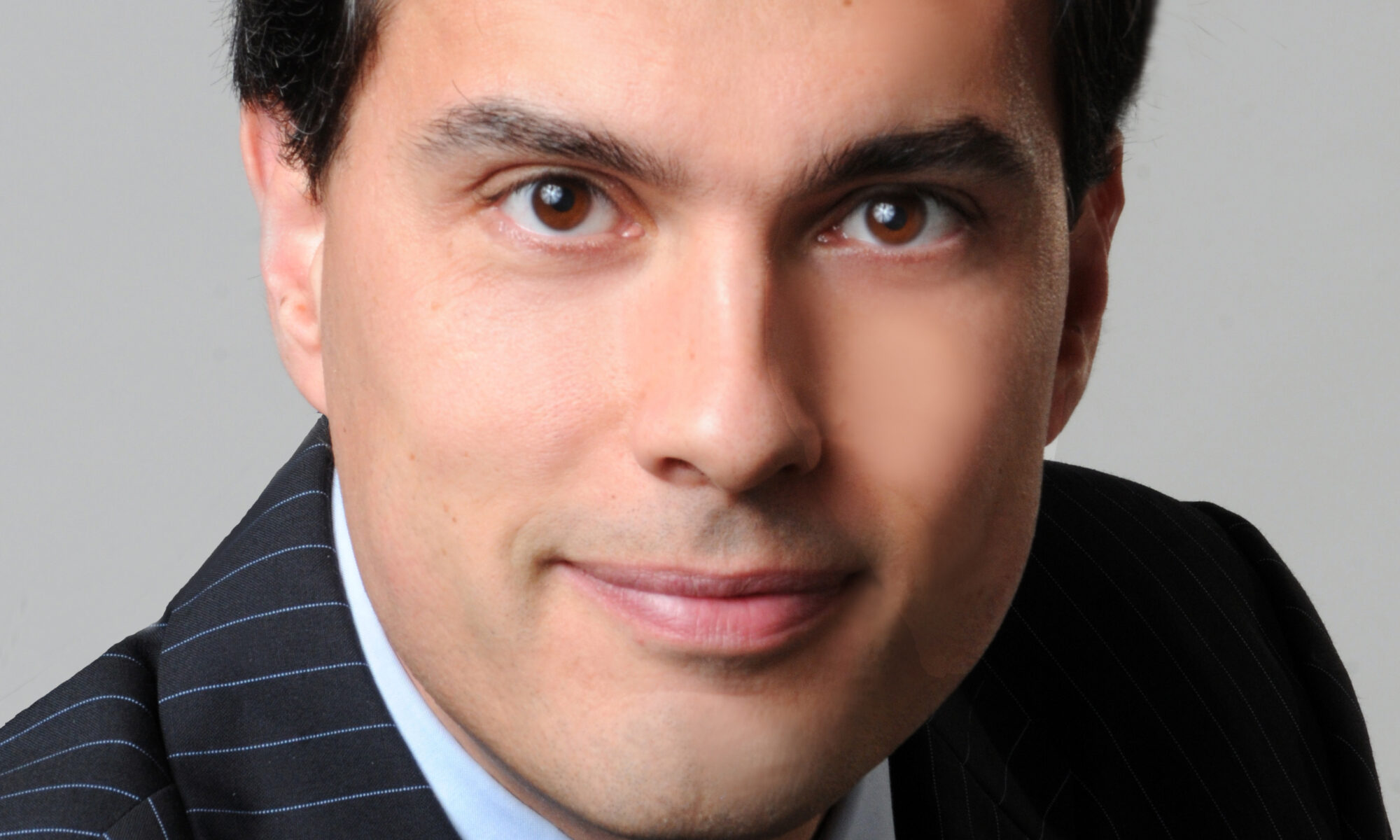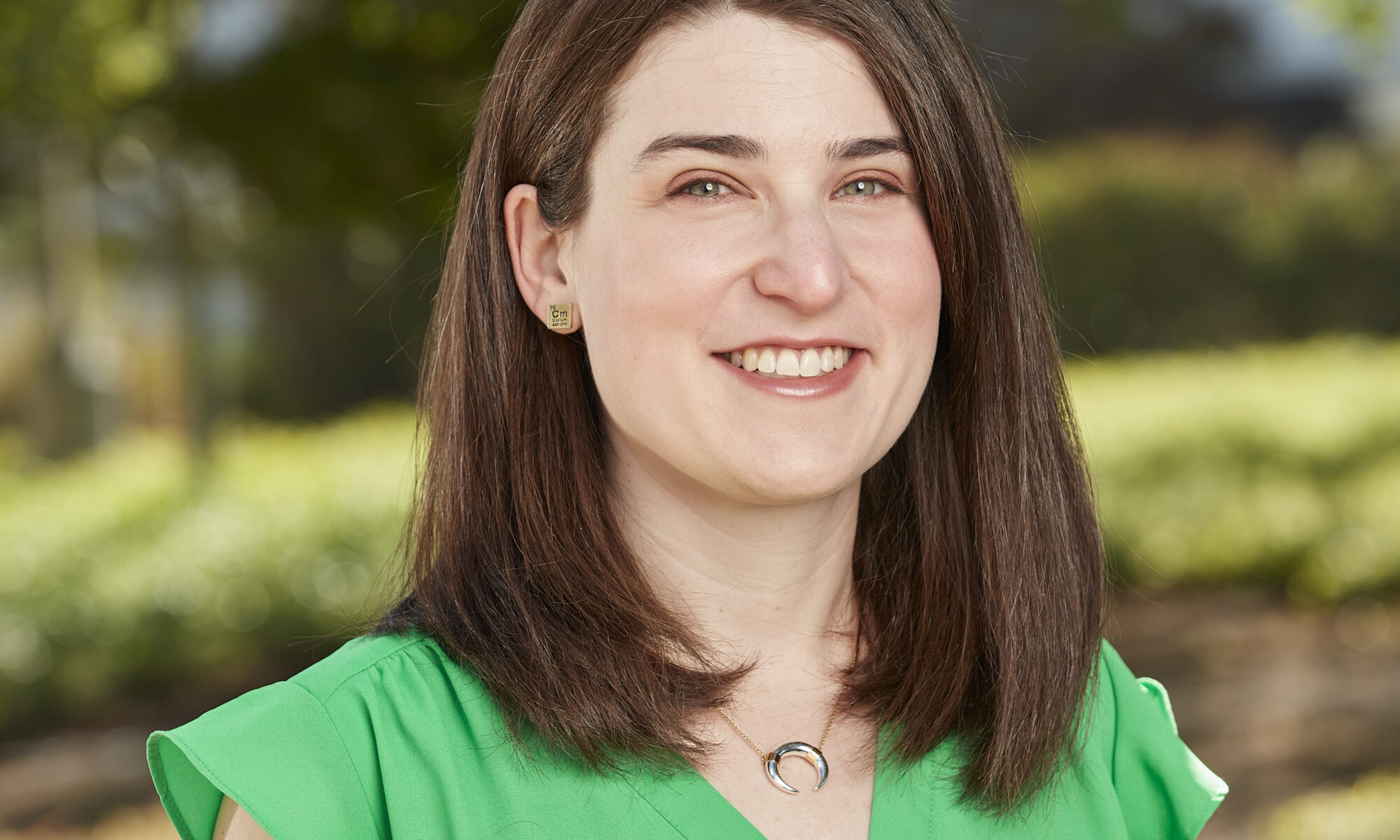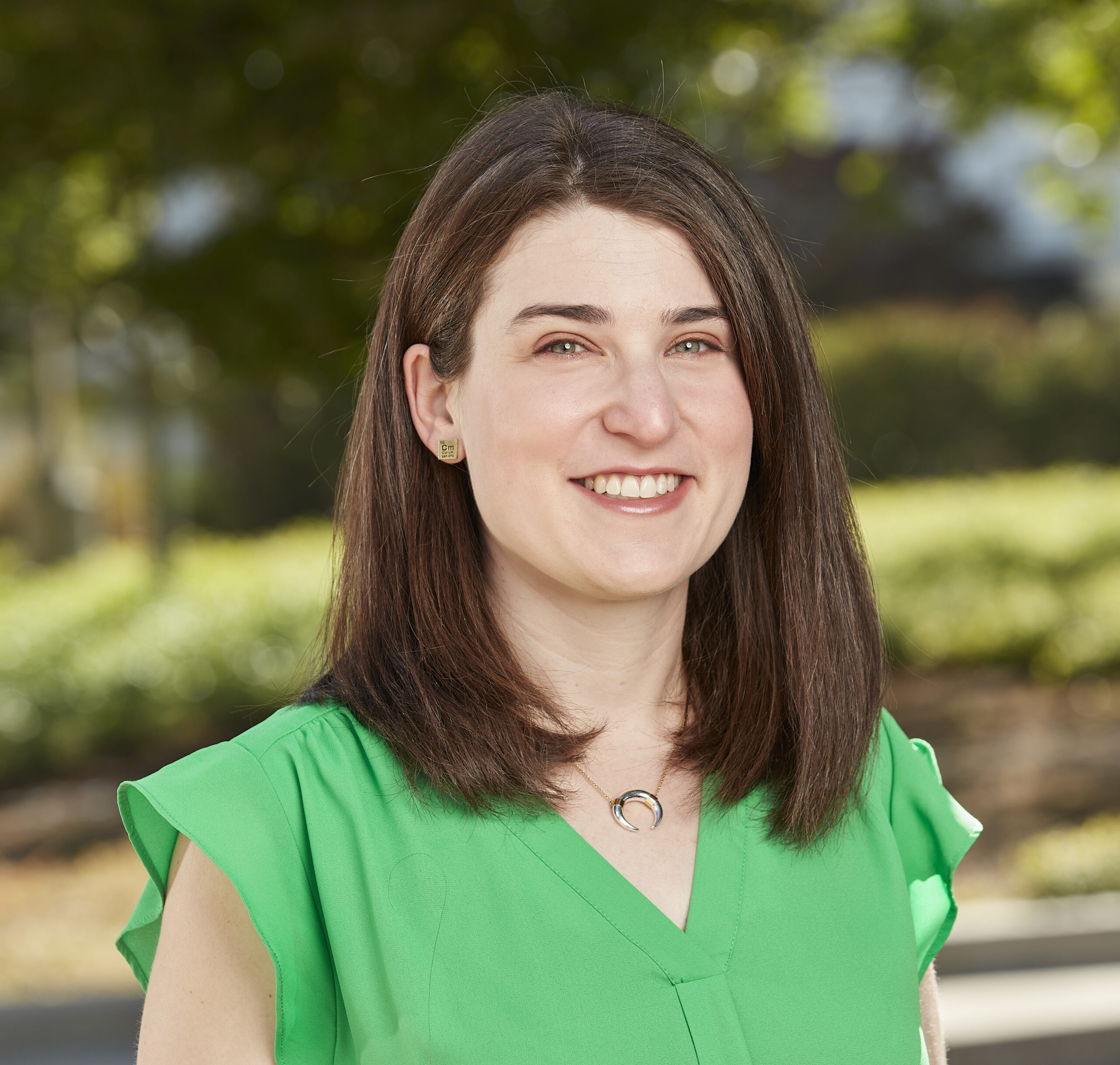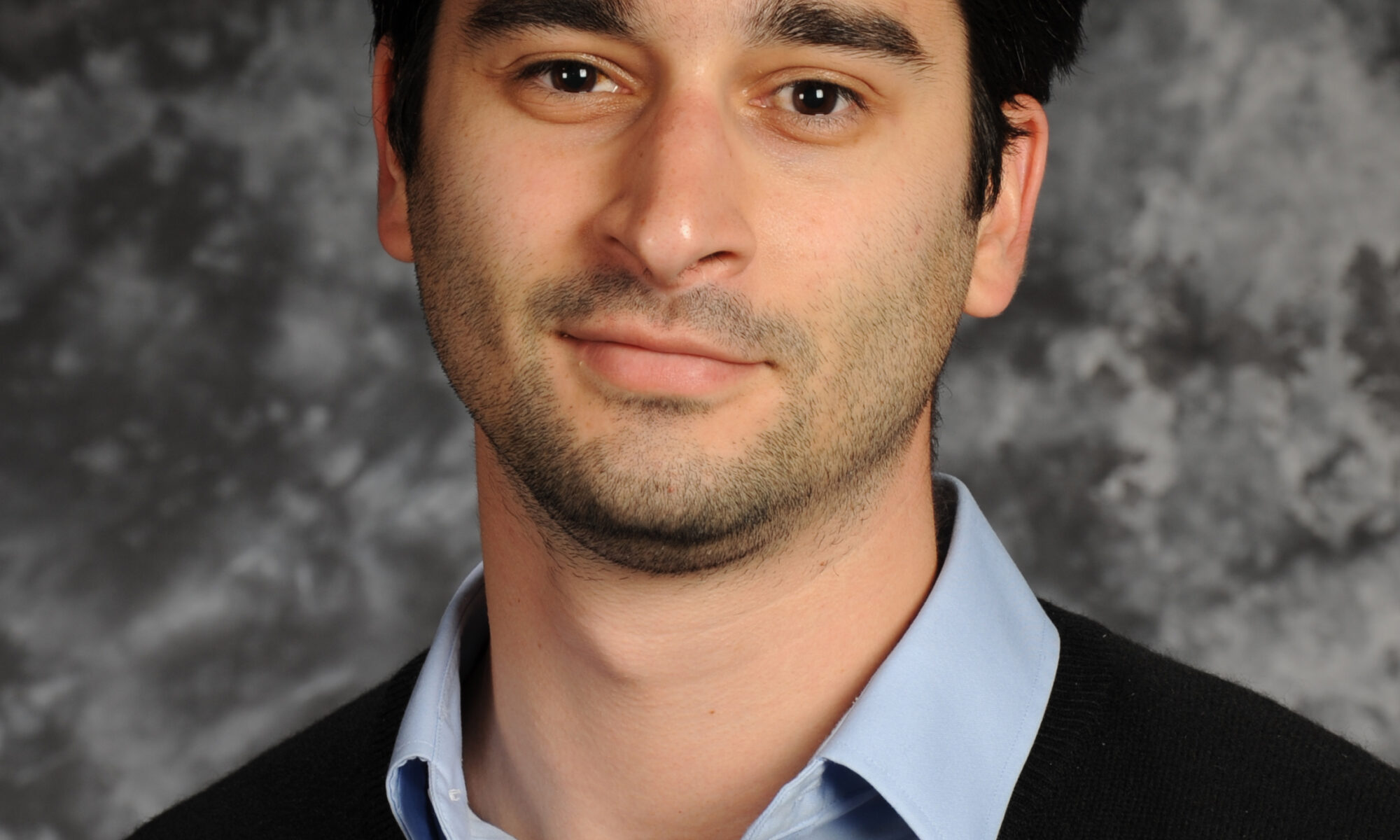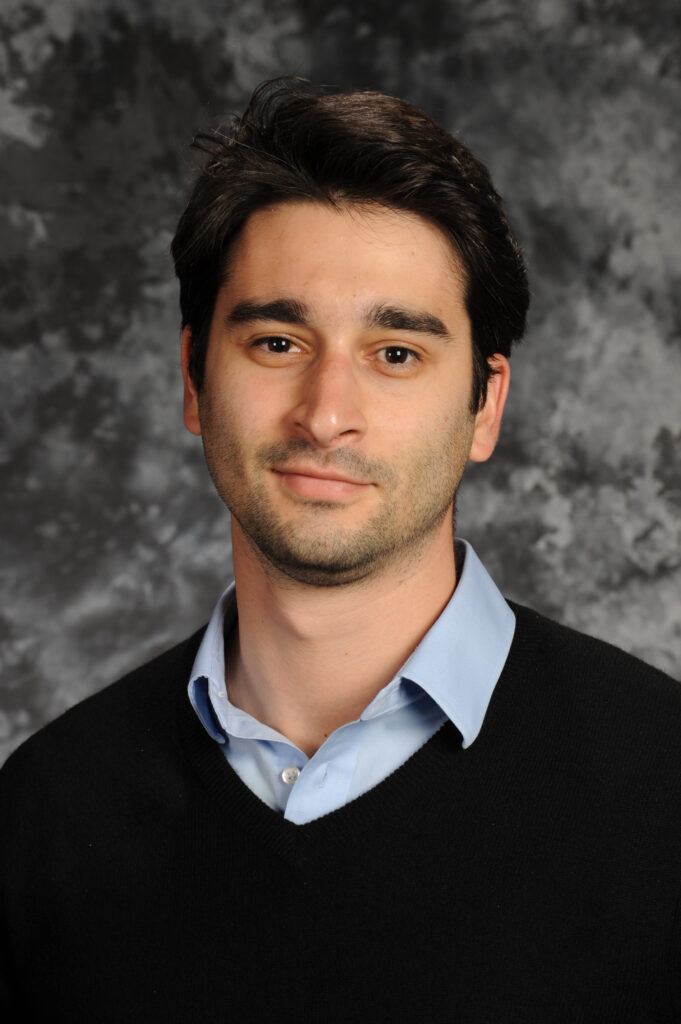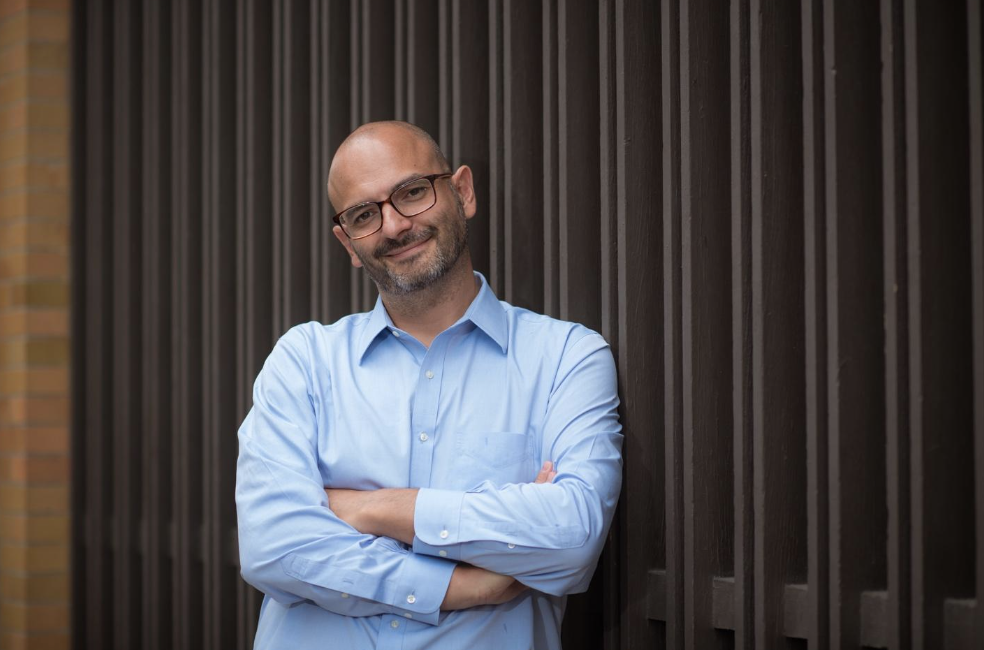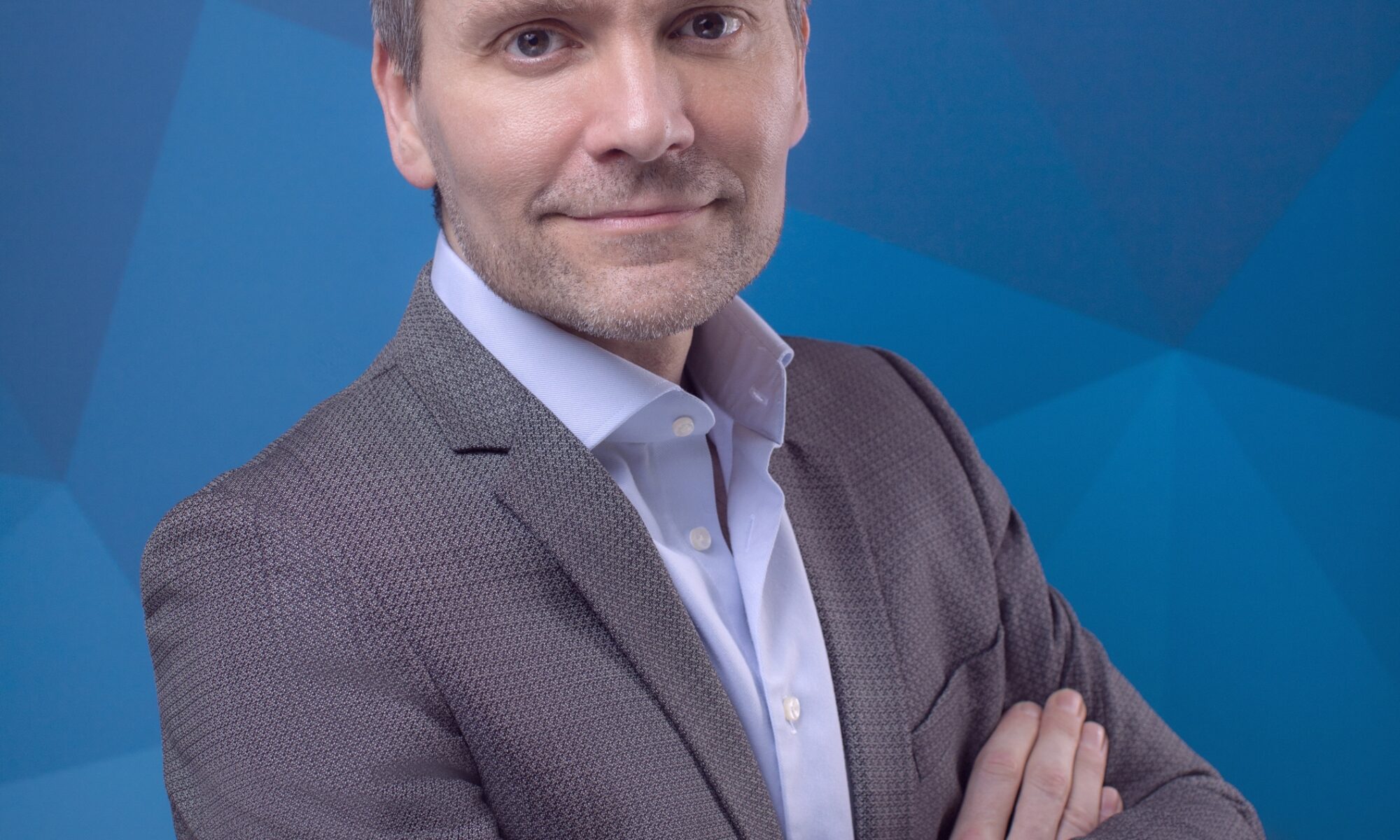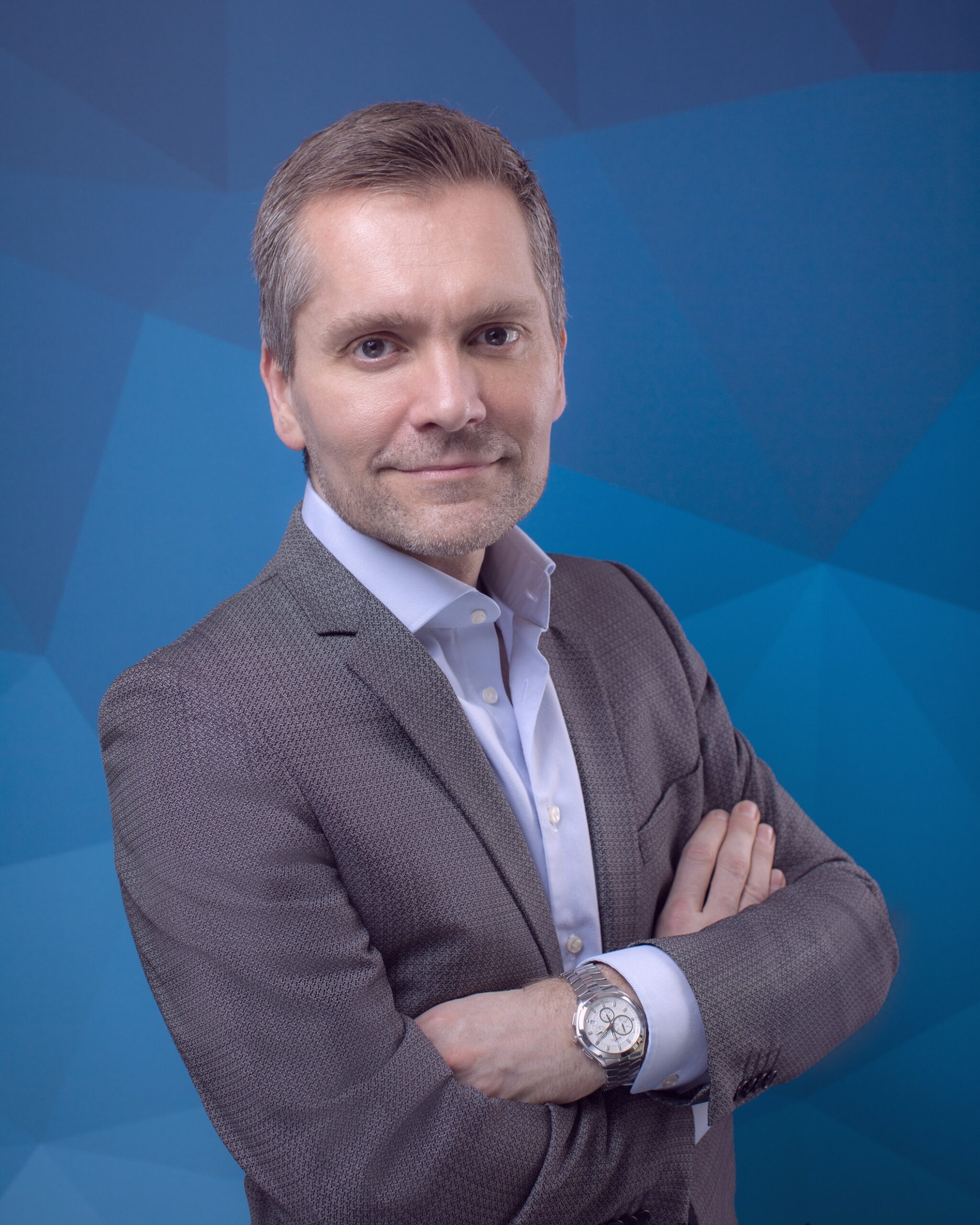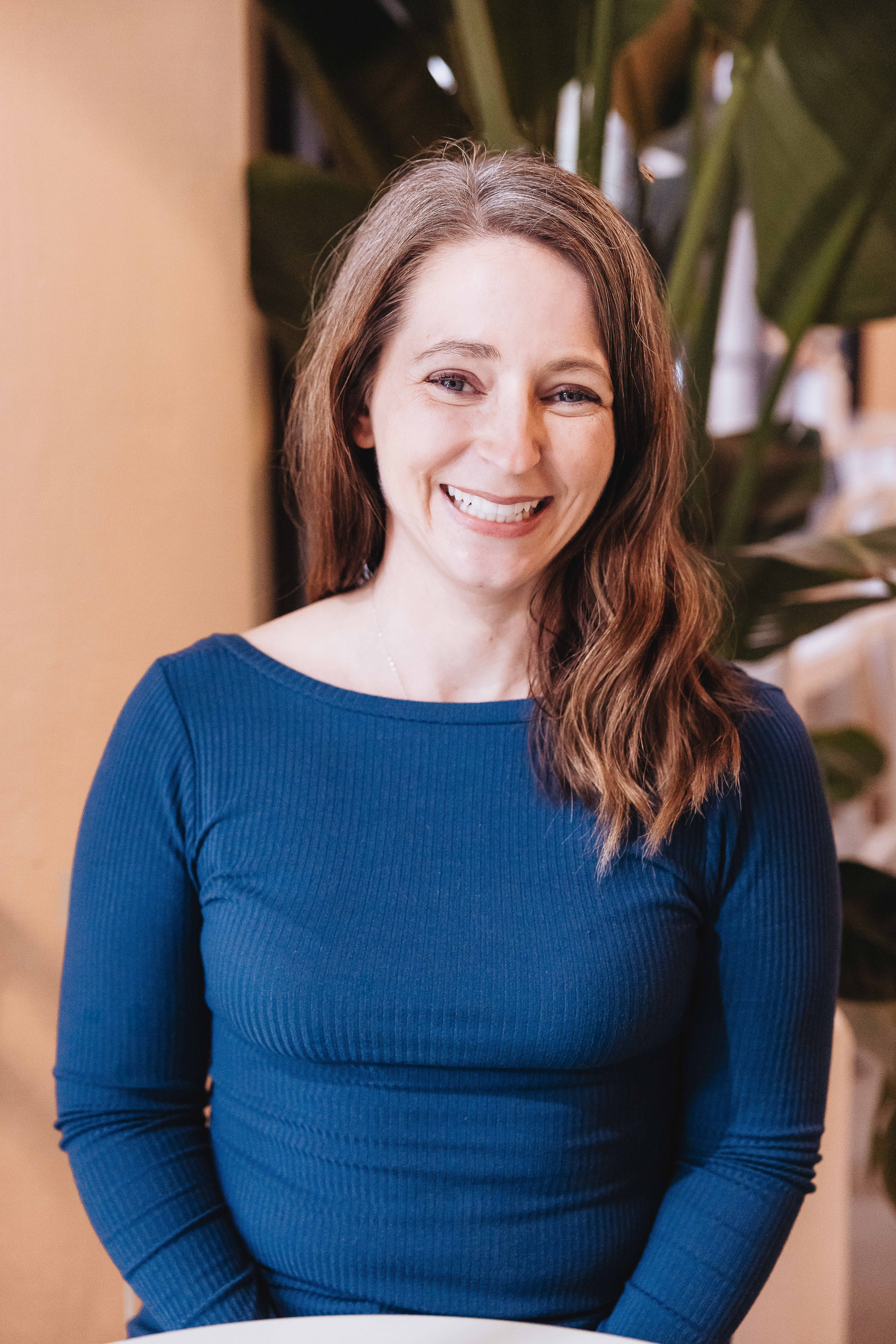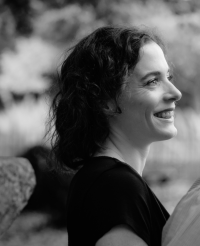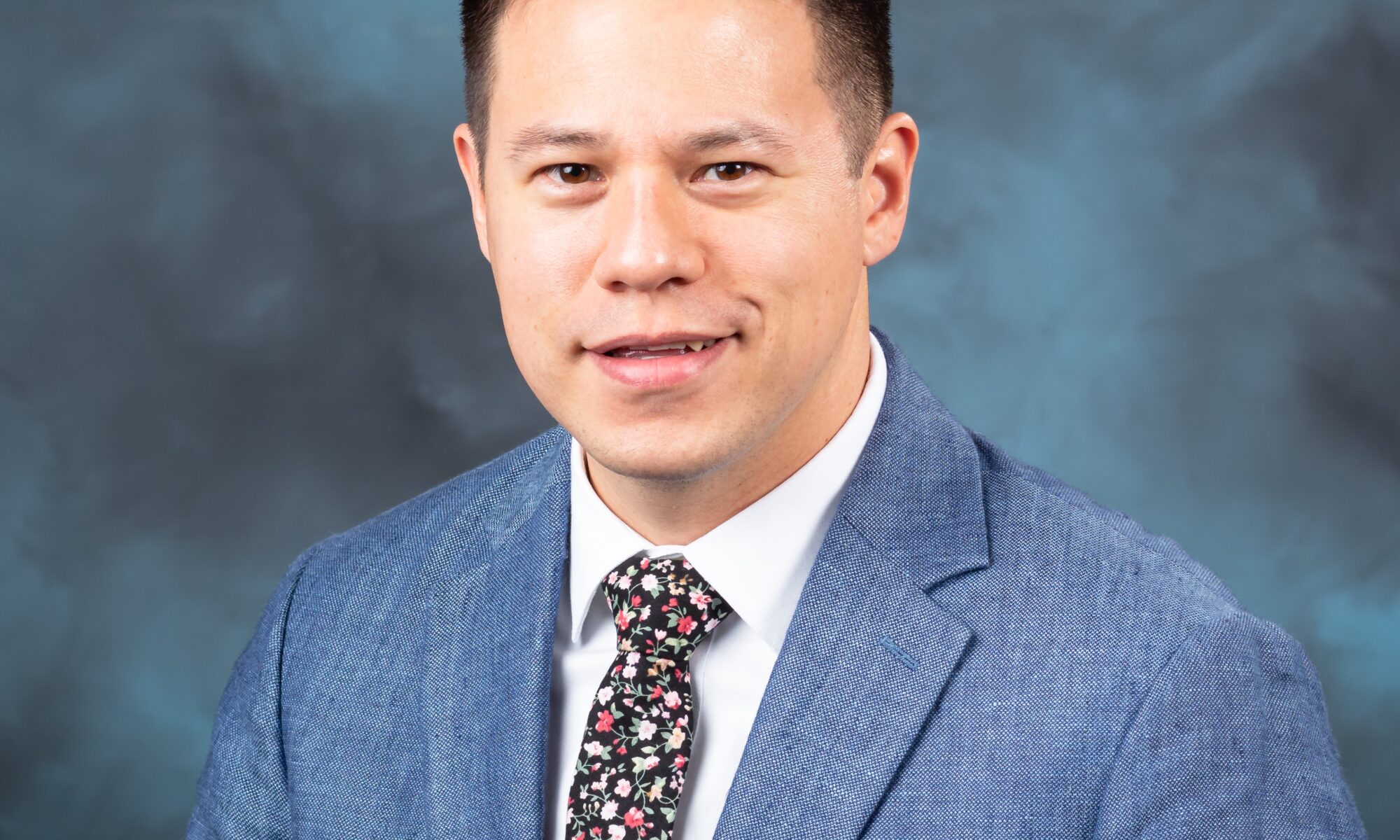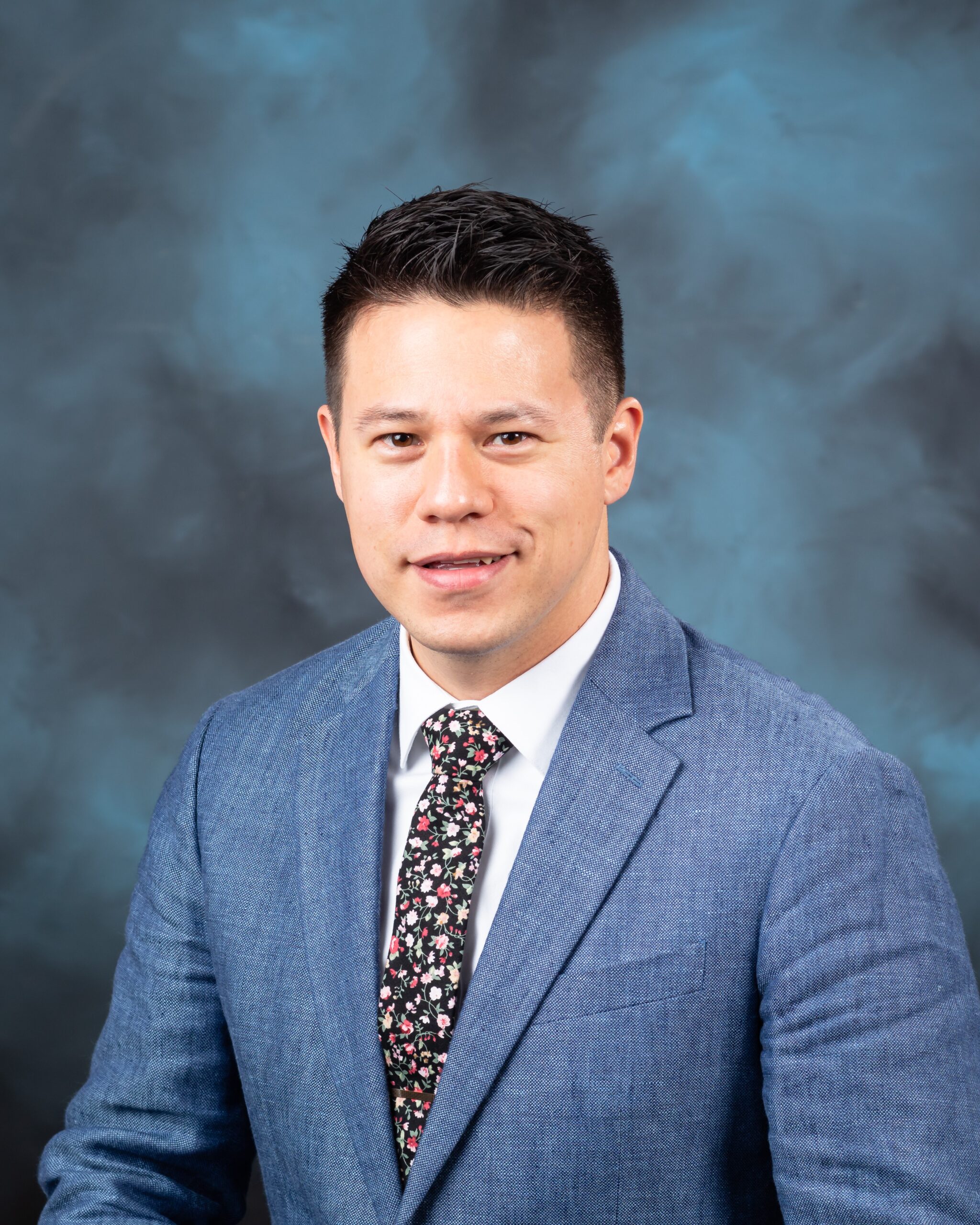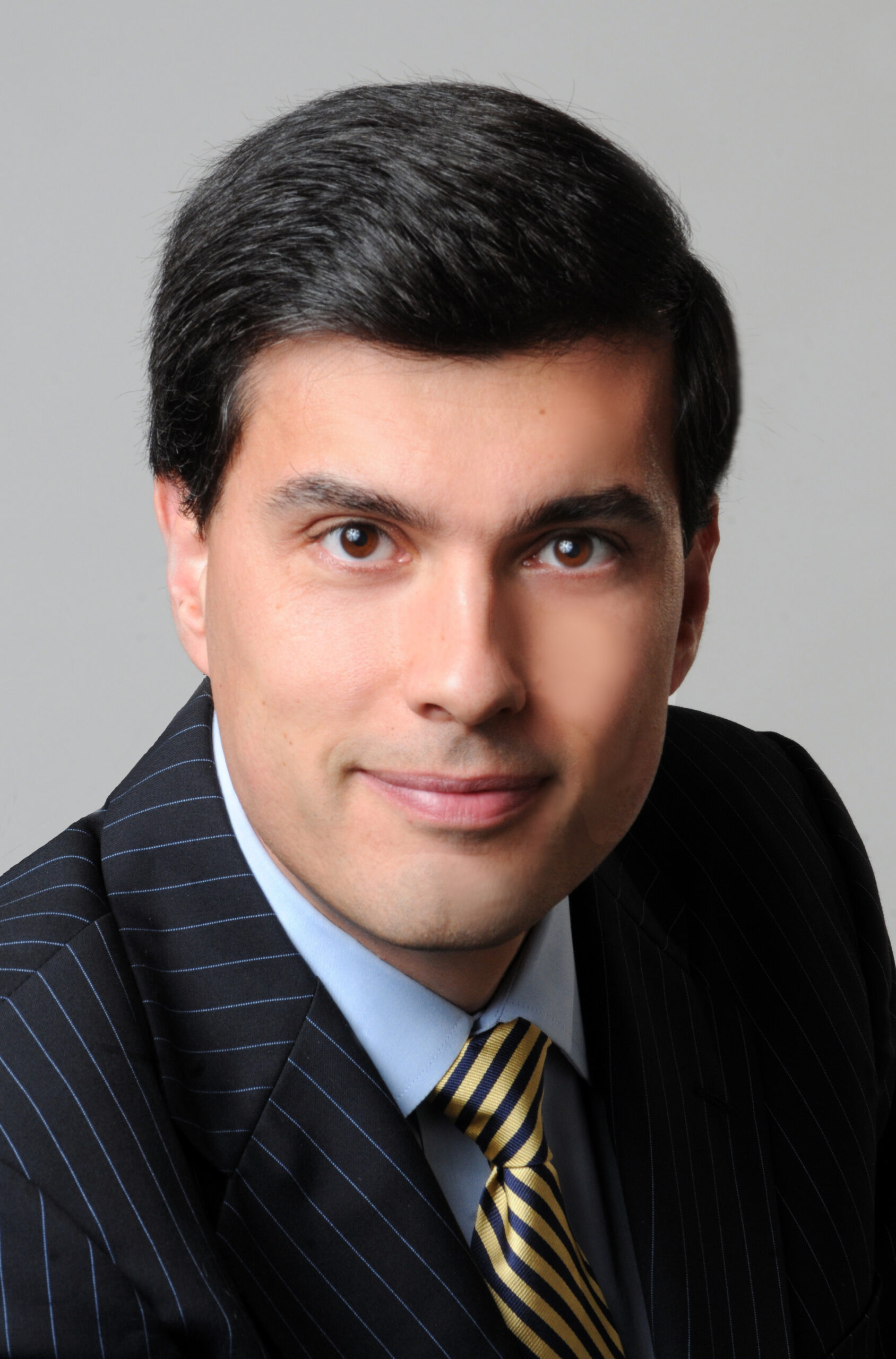
Abstract
This talk will describe the latest development of the Berkeley Space Center, a project in which UC Berkeley is developing a 36 acres parcel at NASA Ames (Moffett Field, near Mountain View), to build a new 1.4M sq. ft research hub, which will host research and teaching activities, co-located with industry consortia working together with UC Berkeley, NASA and local stakeholders jointly under Public Private Partnerships (PPPs). The talk will discuss the project, and links to the Nuclear Engineering Department.
Bio
Alexandre Bayen is the Associate Provost for Moffett Field Program Development at UC Berkeley, and the Liao-Cho Professor of Engineering at UC Berkeley. He is a Professor of Electrical Engineering and Computer Science, and Civil and Environmental Engineering. From 2014 - 2021, he served as the Director of the Institute of Transportation Studies at UC Berkeley (ITS). He is also a Faculty Scientist in Mechanical Engineering, at the Lawrence Berkeley National Laboratory (LBNL). He received the Engineering Degree in applied mathematics from the Ecole Polytechnique, France, in 1998, the M.S. and Ph.D. in aeronautics and astronautics from Stanford University in 1999 and 2004, respectively. He was a Visiting Researcher at NASA Ames Research Center from 2000 to 2003. Between January 2004 and December 2004, he worked as the Research Director of the Autonomous Navigation Laboratory at the Laboratoire de Recherches Balistiques et Aerodynamiques, (Ministere de la Defense, Vernon, France), where he holds the rank of Major. He has been on the faculty at UC Berkeley since 2005. Bayen has authored two books and over 200 articles in peer reviewed journals and conferences. He is the recipient of the Ballhaus Award from Stanford University, 2004, of the CAREER award from the National Science Foundation, 2009 and he is a NASA Top 10 Innovators on Water Sustainability, 2010. His projects Mobile Century and Mobile Millennium received the 2008 Best of ITS Award for ‘Best Innovative Practice’, at the ITS World Congress and a TRANNY Award from the California Transportation Foundation, 2009. Mobile Millennium has been featured more than 200 times in the media, including TV channels and radio stations (CBS, NBC, ABC, CNET, NPR, KGO, the BBC), and in the popular press (Wall Street Journal, Washington Post, LA Times). Bayen is the recipient of the Presidential Early Career Award for Scientists and Engineers (PECASE) award from the White House, 2010. He is also the recipient of the Okawa Research Grant Award, the Ruberti Prize from the IEEE, and the Huber Prize from the ASCE.

